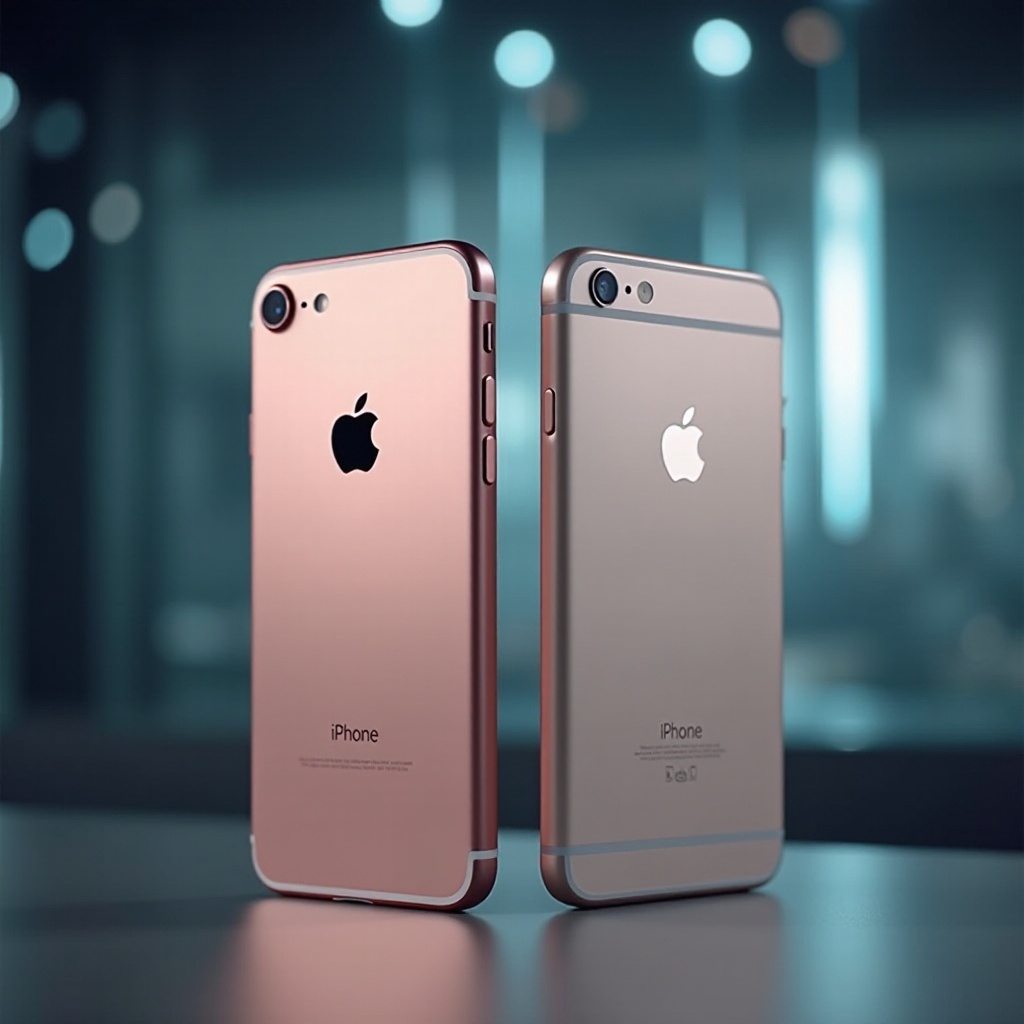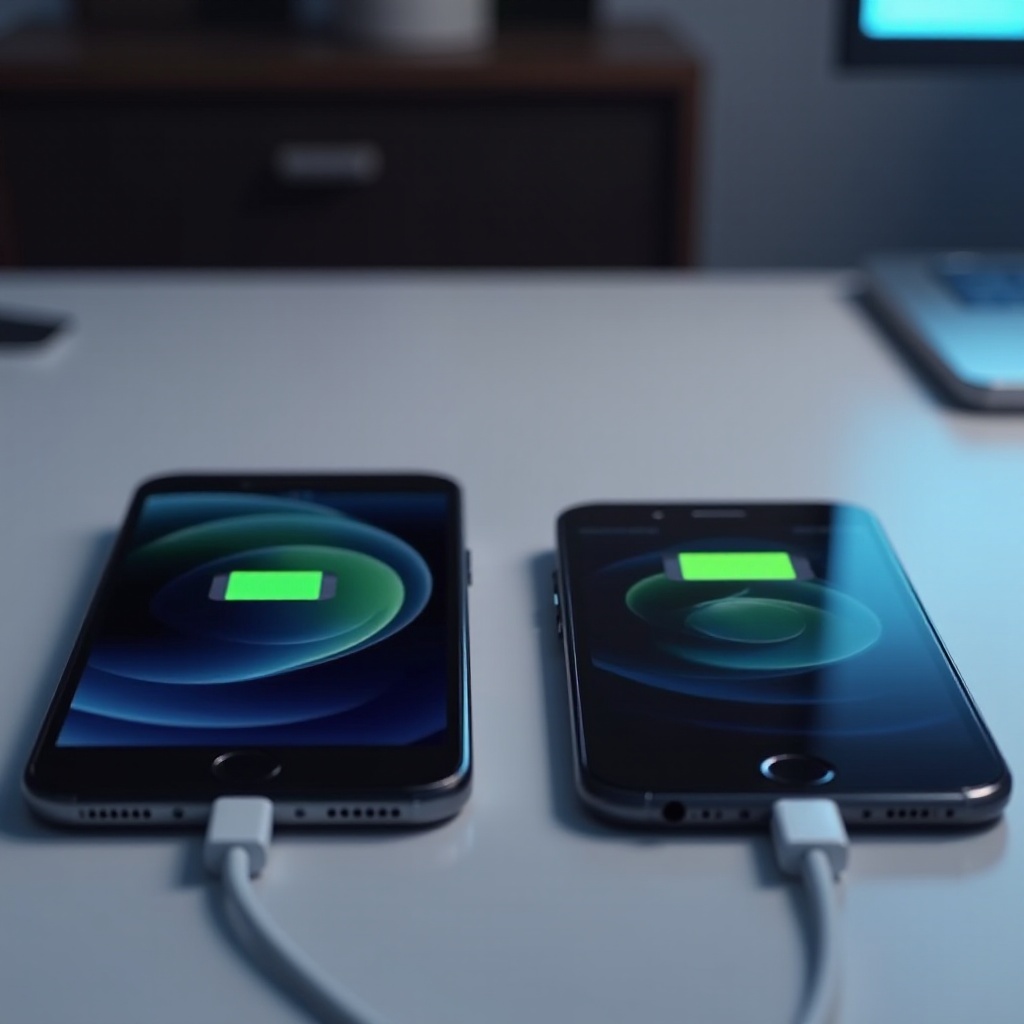Introduction
Choosing a smartphone can be a daunting task, especially when deciding between two top-tier models like the Apple iPhone 16 Plus and Apple iPhone 15 Plus. Both devices promise an exceptional user experience and offer unique features that set them apart. This detailed comparison breaks down the specs and capabilities of the iPhone 16 Plus and iPhone 15 Plus, helping you make an informed decision based on design, display, hardware, camera systems, battery life, software, connectivity, and pricing.

Design and Build Quality
When comparing the iPhone 16 Plus and iPhone 15 Plus, the design and build quality are among the first noticeable differences. The iPhone 16 Plus takes a bold step with its sleeker design, incorporating an aerospace-grade titanium frame that enhances durability and reduces weight. In contrast, the iPhone 15 Plus uses an aluminum frame that is robust but slightly heavier.
Both phones sport the iconic glass back, with the iPhone 16 Plus featuring a matte finish that is less prone to fingerprints. Additionally, the iPhone 16 Plus boasts an improved IP68 water and dust resistance rating, allowing it to withstand submersion in up to 6 meters of water for 30 minutes, whereas the iPhone 15 Plus can endure up to 4 meters for the same duration. These design differences set the stage for a thorough comparison of their display specifications.
Display and Visual Experience
Moving to the display and visual experience, the iPhone 16 Plus delivers a slight edge over the iPhone 15 Plus. The iPhone 16 Plus is equipped with a 6.7-inch Super Retina XDR display featuring ProMotion technology, offering a 120Hz refresh rate. This advancement results in smoother scrolling and more responsive touch controls.
On the other hand, the iPhone 15 Plus includes a 6.7-inch Super Retina XDR display but without ProMotion, providing a 60Hz refresh rate. Although both devices offer impressive color accuracy, HDR10 support, and Dolby Vision, the higher refresh rate on the iPhone 16 Plus enhances gaming and video playback experiences. Now, let’s dive into the performance and hardware aspects of these two devices.
Performance and Hardware
Performance is a critical factor when choosing a smartphone, and the iPhone 16 Plus excels with its A17 Bionic chip. This new processor is built on a 3-nanometer process, delivering improved performance and power efficiency. The A17 Bionic comes with a 10-core GPU that ensures high-end gaming and multitasking are seamless.
The iPhone 15 Plus, though not as advanced, packs the formidable A16 Bionic chip, known for its robustness and efficiency. Though slightly lower in performance compared to the A17, it still ensures smooth operation for most users.
Storage options differ slightly with the iPhone 16 Plus offering configurations up to 1TB, catering to heavy users who demand extensive storage. The iPhone 15 Plus offers up to 512GB, which is substantial for average users but might be limiting for power users. Having explored the hardware prowess, we now shift our focus to the camera systems of both devices.
Camera System and Capabilities
For photography enthusiasts, the camera system on the iPhone 16 Plus shows notable enhancements over the iPhone 15 Plus. The iPhone 16 Plus features a triple-camera setup, including a 108MP primary sensor, a 12MP ultra-wide sensor, and a 12MP telephoto lens with 5x optical zoom. This setup significantly improves low-light photography and overall clarity.
The iPhone 15 Plus, although slightly behind, is still impressive with its dual-camera system comprising a 12MP wide sensor and a 12MP ultra-wide sensor. It offers excellent photo quality but lacks the advanced zoom capabilities and higher resolution of the iPhone 16 Plus.
Both models support Night Mode, Deep Fusion, and Smart HDR 4, but the iPhone 16 Plus benefits from the improved computational photography capabilities of the A17 Bionic chip, providing sharper and more vibrant images. With the camera details clear, let’s compare the battery life and charging technology.
Battery Life and Charging Technology
Switching to battery life and charging technology, the iPhone 16 Plus boasts a larger battery capacity that ensures all-day usage even with heavy tasks. With optimized power consumption of the A17 Bionic chip and advanced battery management features, users can expect a longer overall battery lifespan.
In comparison, the iPhone 15 Plus also offers strong battery performance but is slightly behind due to the less efficient A16 Bionic chip. Both phones support fast charging, wireless charging, and MagSafe technology, but the iPhone 16 Plus charges slightly quicker due to its improved hardware. Having covered the battery aspects, we turn our attention to the software and user interface.

Software and User Interface
Apple’s iOS 17 powers both the iPhone 16 Plus and iPhone 15 Plus, ensuring a smooth and intuitive user interface. However, the iPhone 16 Plus benefits from exclusive software features designed to leverage the power of the A17 Bionic chip, providing enhanced AR capabilities and other multitasking features.
The iPhone 15 Plus, while offering a solid software experience with iOS 17, may not support certain new features designed specifically for the extended hardware capabilities of the iPhone 16 Plus. Nonetheless, both models receive regular software updates and security patches, ensuring a secure and up-to-date user experience. This comparison would be incomplete without discussing connectivity options and network performance.

Connectivity Options and Network Performance
Connectivity options on both the iPhone 16 Plus and iPhone 15 Plus include 5G support, Bluetooth 5.3, Wi-Fi 6E, and UWB (Ultra-Wideband) technology. However, the iPhone 16 Plus has an edge with its advanced 5G modem, delivering faster download and upload speeds.
For users prioritizing high-speed internet and uninterrupted connectivity, the iPhone 16 Plus offers slight improvements in network performance, providing a more stable and faster internet experience even in congested areas. Lastly, we delve into the pricing and value analysis of these two models.
Pricing and Value Analysis
Pricing is a decisive factor for many potential buyers. The iPhone 16 Plus, with its advanced features and hardware, comes at a premium price starting from $1,099 for the base model. The iPhone 15 Plus, though still a flagship, is more affordable, starting at $899.
Evaluating the price-to-performance ratio, the iPhone 15 Plus offers excellent value for those not needing the absolute latest features. However, for tech enthusiasts and power users, the iPhone 16 Plus justifies its higher cost with upgraded specifications and enhanced user experience. This comprehensive review now culminates in a summarizing conclusion.
Conclusion
In summary, both the iPhone 16 Plus and iPhone 15 Plus are exceptional smartphones, each catering to different user needs. The iPhone 16 Plus stands out with its advanced camera system, superior performance, and enhanced visual experience, making it ideal for users who demand the best technology. Meanwhile, the iPhone 15 Plus remains a solid choice for those looking for high performance at a more accessible price point.
Frequently Asked Questions
What are the main differences between iPhone 16 Plus and iPhone 15 Plus in terms of hardware?
The primary differences lie in the chipset, camera system, and display technology. The iPhone 16 Plus features the new A17 Bionic chip, a 108MP main camera, and a ProMotion display with a 120Hz refresh rate. The iPhone 15 Plus uses the A16 Bionic chip, has a 12MP main camera, and a 60Hz display.
How has the camera system improved in iPhone 16 Plus over iPhone 15 Plus?
The iPhone 16 Plus includes a 108MP primary camera, improved low-light performance, and a triple-camera setup with a 5x optical zoom, compared to the 12MP dual-camera system in the iPhone 15 Plus.
Is it worth upgrading from iPhone 15 Plus to iPhone 16 Plus?
If you prioritize the latest technology, camera capabilities, and performance enhancements, upgrading to the iPhone 16 Plus is worthwhile. However, if your current iPhone 15 Plus meets your needs, it remains a powerful and reliable device.